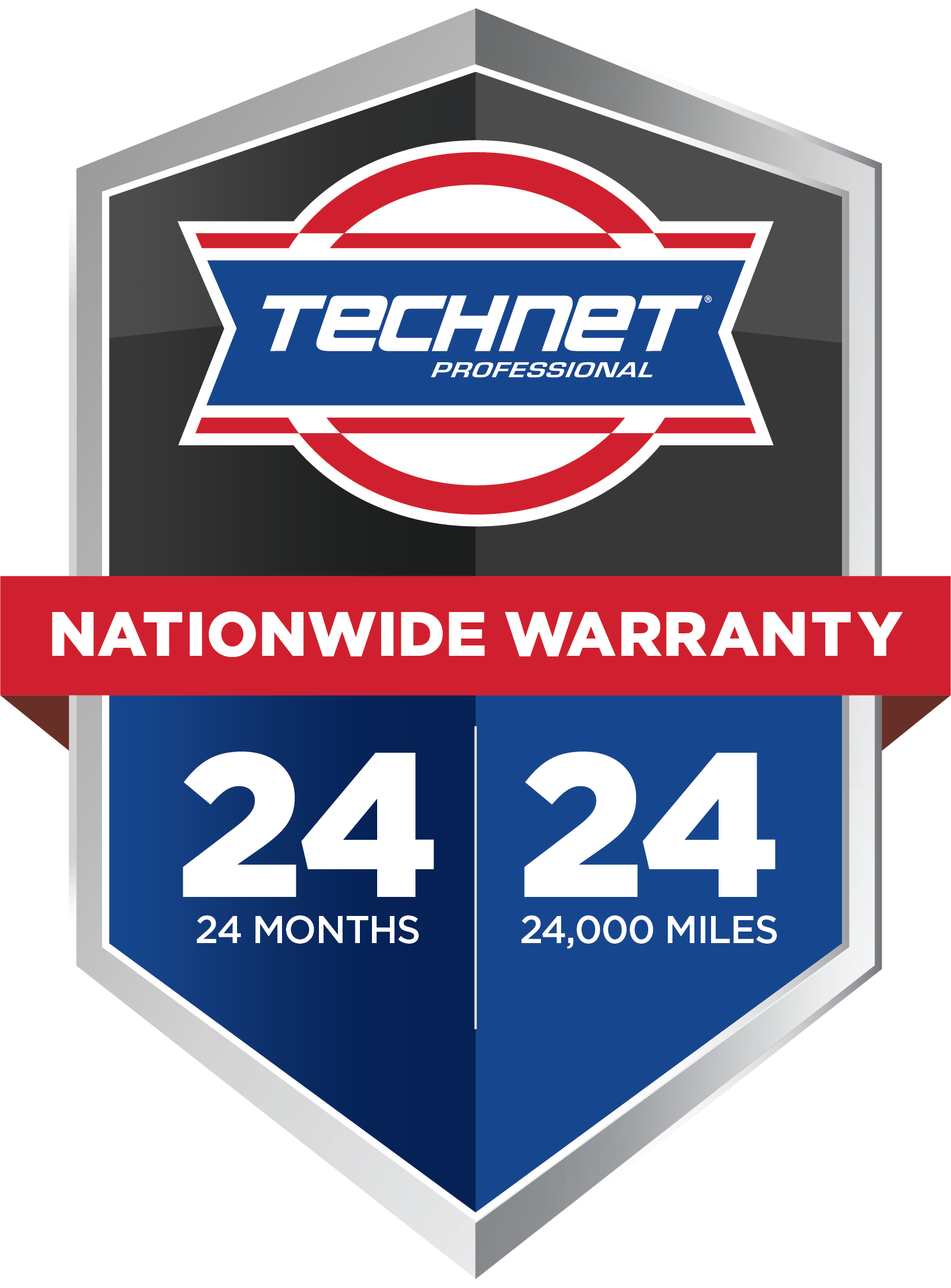Smooth Sailing: Unraveling the Secrets of Your Vehicle’s Suspension System

Your vehicle’s suspension system is the unsung hero of your daily commute, silently working to provide a comfortable and safe ride. While often taken for granted, understanding this critical component is essential for responsible car ownership. In this blog post, we’ll delve into the world of suspension systems, uncovering their significance, how they work, the different types, common issues, maintenance tips, and why professional auto service is crucial for keeping your ride smooth and steady.
The Significance of the Suspension System
The suspension system is crucial for several reasons:
- Ride Comfort
It absorbs shocks and bumps, ensuring a smooth ride. - Safety
Proper suspension enhances vehicle stability and handling. - Tire Traction
It maintains tire contact with the road for better grip. - Control
Suspension systems allow for precise steering and braking.
How the Suspension System Works
The suspension system operates through various components:
- Springs
These absorb shock and support the vehicle’s weight. - Shock Absorbers
Dampen and control spring movement. - Struts
Combine springs and shock absorbers into a single unit. - Control Arms
Connect the suspension to the vehicle’s frame. - Sway Bars
Reduce body roll during turns.
Different Types of Suspension Systems
There are several types of suspension systems, including:
- Independent Suspension
Found in most modern vehicles, it offers a smoother ride and better handling. - Solid Axle Suspension
Common in trucks and SUVs, it provides durability and off-road capability. - MacPherson Strut Suspension
A variation of independent suspension known for simplicity and cost-effectiveness.
Common Suspension System Issues
Suspension systems can encounter problems over time, including:
- Worn Shocks or Struts
Reduced shock absorption affects ride comfort. - Broken Springs
Broken springs can lead to uneven tire wear and handling issues. - Bushing Wear
Worn bushings result in suspension noise and handling problems. - Alignment Issues
Misalignment can lead to uneven tire wear and steering problems. - Sway Bar Problems
Sway bar issues affect stability during turns.
Maintenance Tips for the Suspension System
To ensure your suspension system performs optimally, consider these maintenance tips:
- Regular Inspections
Include suspension checks during routine maintenance. - Shock and Strut Replacement
Follow manufacturer recommendations for replacement. - Tire Rotation
Regular rotation helps ensure even tire wear. - Alignment Checks
Maintain proper wheel alignment for smooth handling. - Professional Inspection
Consider professional auto service for comprehensive suspension system checks.
Why Professional Auto Service Matters
Professional auto service is essential for suspension system maintenance and repair because:
- Expertise
Skilled technicians understand suspension systems and related issues. - Diagnostic Tools
Auto shops use specialized tools for accurate inspections. - Quality Parts
Reputable providers use high-quality replacement components. - Safety
Proper maintenance ensures a safe and comfortable ride. - Preventative Care
Professionals can detect suspension problems before they become major issues.
Your vehicle’s suspension system may work silently beneath the surface, but its role in your daily commute and driving comfort is undeniable. Understanding its significance, recognizing signs of issues, and adhering to maintenance schedules are essential for a smooth and safe driving experience. However, entrusting suspension system maintenance and repairs to professional auto service providers is the key to ensuring your ride remains a master of comfort and stability, allowing you to navigate the road with confidence and ease.











